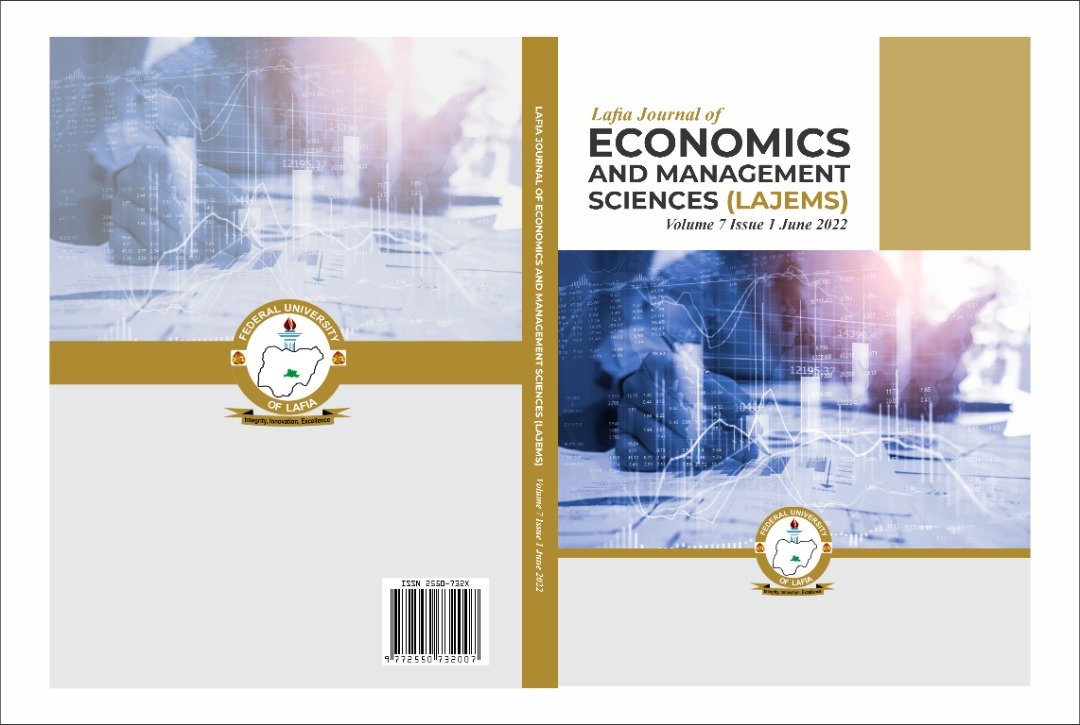Reexamining the Nexus between Domestic Public Debt and Economic Growth in Nigeria
Mots-clés :
Debt, Domestic Public Debt, Economic Growth, JEL Classification: H60, H74, F43Résumé
This paper reexamines the relationship between domestic public debt and real gross domestic product in Nigeria. The study applies Autoregressive Distributed Lag (ARDL) method. The ARDL Bounds test shows that a long-run relationship exists among the variables. The ADF and PP Unit Root tests on the variables show that all the variables are I(1) process, with exception of interest rate which is I(0). The study uses annual time-series data from 1980-2020 on seven variables – real growth domestic product, domestic debt stock, domestic debt service payment, exchange rate, interest rate, government capital expenditure, and government recurrent expenditure. The results show that domestic debt stock does not have influence on real growth domestic product. Domestic debt service payment and interest rate have a significant negative impact on real growth domestic product in both the short and long run. Exchange rate has a significant negative influence on real growth domestic product in the short run. In the long run, government capital expenditure has a significant positive impact on real growth domestic product, while government recurrent expenditure has a significant positive impact on real growth domestic product in the short run, but negative in the long run. The study, therefore, recommends that the government should curtail excessive domestic borrowing and utilizes other alternative sources of financing such as public-private partnership and concessions; expend more resources on the capital expenditure, cut the recurrent expenditure and interest. The study concludes that public domestic debt does not promote real growth domestic product in Nigeria.
Téléchargements
Publiée
Numéro
Rubrique
Licence
All right reserved. No part of this book may be reproduced or transmitted in any form or any means without prior permission in writing from the copyright owner.





